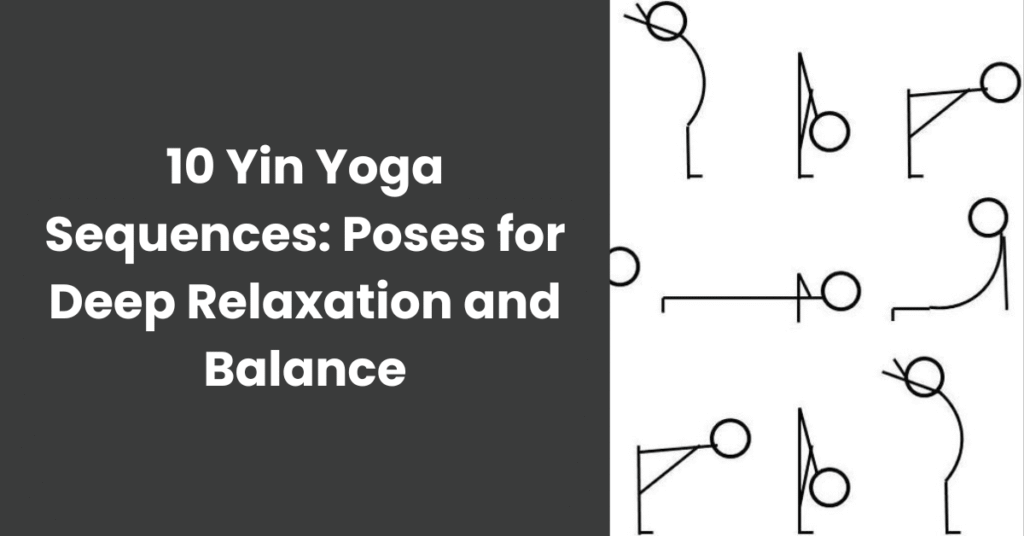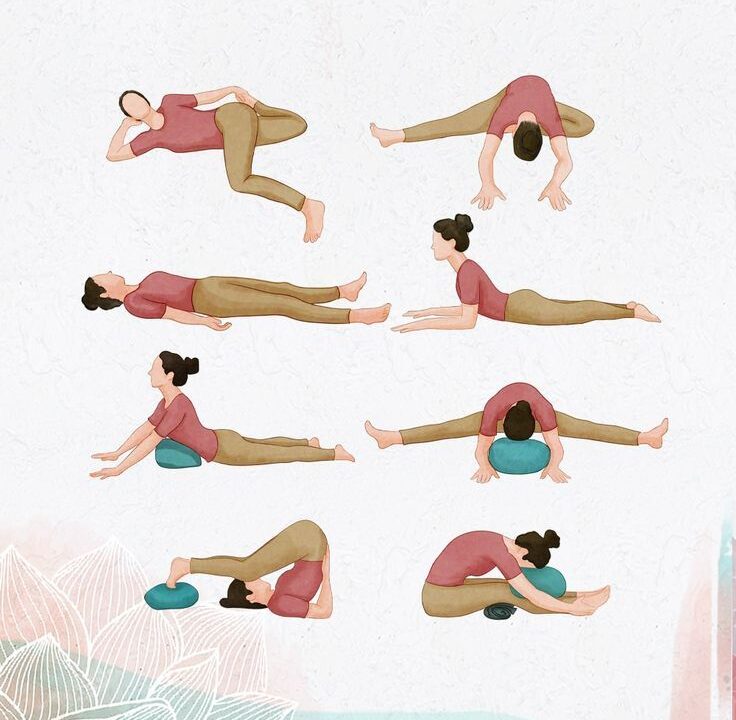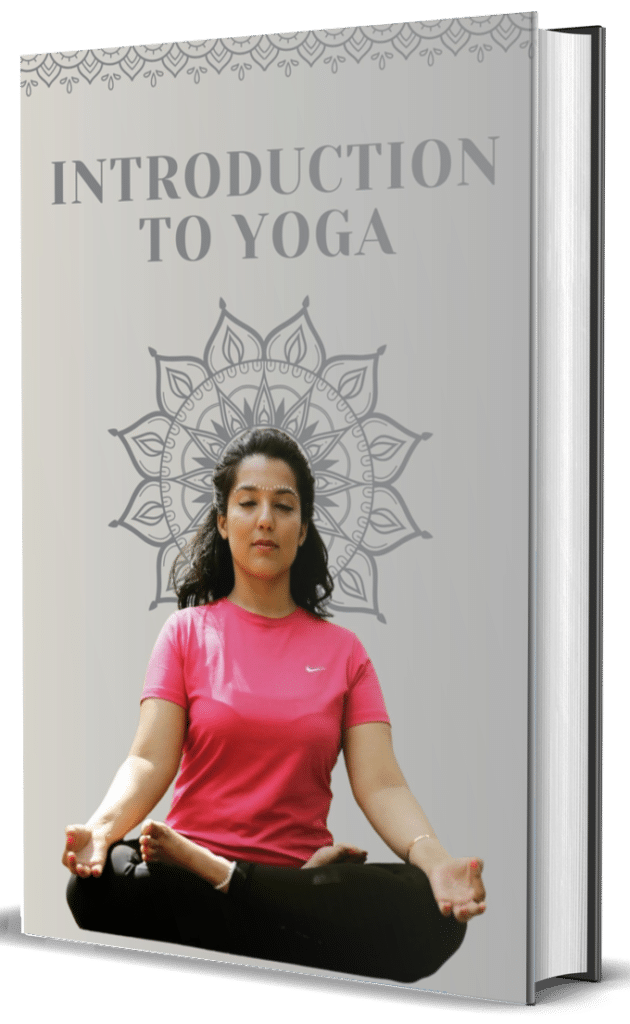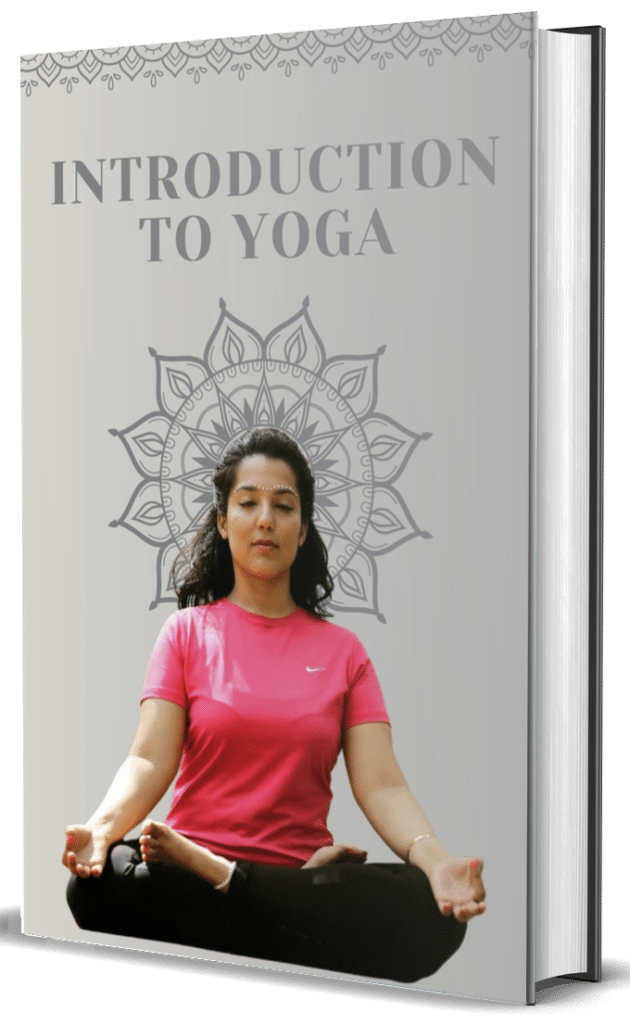Yin yoga is a slow-paced, meditative yoga practice that focuses on deep stretching and relaxation. Unlike yang yoga styles like vinyasa and hatha, yin yoga works by targeting the deep connective tissues, ligaments, and joints. This practice involves holding poses for a longer duration, typically 3-5 minutes, allowing your body to fully relax and stretch deeply. This article will guide you through the best yin yoga sequence to enhance flexibility, improve range of motion, and calm the body and mind.
Outline of the Article
- What is Yin Yoga and Why is it Beneficial?
- How Yin Yoga Differs from Other Yoga Styles?
- Is Yin Yoga Good for Beginners?
- Essential Yin Yoga Poses for Deep Relaxation
- Best Yin Yoga Sequence for Flexibility and Mindfulness
- How Yin Yoga Works with Traditional Chinese Medicine
- The Use of Props in Yin Yoga Practice
- How Yin Yoga Stimulates the Parasympathetic Nervous System
- Common Mistakes to Avoid While Practicing Yin Yoga
- Final Tips for Practicing Yin Yoga at Home
1. What is Yin Yoga and Why is it Beneficial?
- Yin yoga is a slow-paced yoga practice that helps improve flexibility and relaxation.
- It targets connective tissues, ligaments, and joints rather than muscles.
- Poses are held for a longer duration (typically 3-5 minutes), allowing deep tissue activation.
- Benefits include improved range of motion, low back pain relief, and better circulation.
2. How Yin Yoga Differs from Other Yoga Styles?
- Unlike hatha yoga or vinyasa, yin yoga is passive and focuses on stillness.
- It primarily works on yin tissues rather than muscles.
- Encourages deep breathing, relaxation, and mindfulness rather than dynamic movement.
- Yin yoga and restorative yoga share similarities, but yin yoga poses are held longer.
3. Is Yin Yoga Good for Beginners?
- Yes! Yin yoga is great for beginners because it is gentle and slow-paced.
- Uses props such as blankets and blocks to support the body.
- Focuses on holding poses longer rather than complex sequences.
- Allows time for deep breaths and inner awareness.
4. Essential Yin Yoga Poses for Deep Relaxation
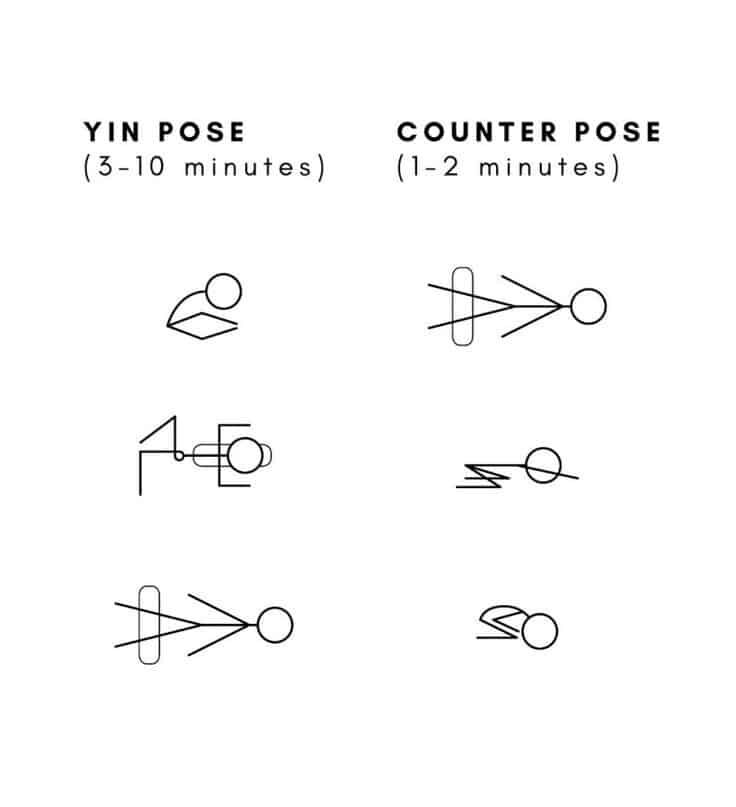
- Sphinx Pose – Targets the lower back and sacrum.
- Butterfly Pose – Opens the pelvis and stretches the hamstrings.
- Pigeon Pose (or Similar to Pigeon Pose) – Deep hip opener.
- Savasana – Complete relaxation posture at the end of the practice.
5. Best Yin Yoga Sequence for Flexibility and Mindfulness
- Sphinx Pose (3-5 minutes) – Rest your forearms to the floor.
- Butterfly Pose (3-5 minutes) – Sit on a folded blanket, allowing a deep hip stretch.
- Pigeon Pose (3-5 minutes each side) – Helps lengthen the deep connective tissues.
- Savasana (5-10 minutes) – Complete relaxation for full integration.
6. How Yin Yoga Works with Traditional Chinese Medicine
- Yin yoga aligns with Traditional Chinese Medicine (TCM) by stimulating the meridian lines.
- Helps balance yin and yang energy throughout the body.
- Targets areas of the body connected to the urinary bladder and kidneys.
7. The Use of Props in Yin Yoga Practice
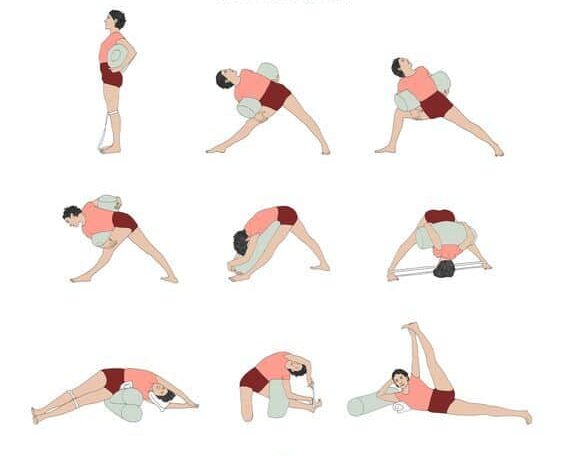
- Props such as blocks, bolsters, and blankets enhance comfort.
- Helps maintain alignment and prevents injury.
- Example: Hands on blocks in forward folds to avoid strain.
8. How Yin Yoga Stimulates the Parasympathetic Nervous System
- Activates the parasympathetic nervous system (rest-and-digest mode).
- Encourages deep breathing and full-body relaxation.
- Reduces stress, anxiety, and improves sleep quality.
9. Common Mistakes to Avoid While Practicing Yin Yoga
- Forcing the stretch instead of relaxing into it.
- Not using props when needed.
- Holding tension in muscles instead of fully relaxing.
- Ignoring discomfort – If a pose feels too intense, adjust it.
10. Final Tips for Practicing Yin Yoga at Home
- Take it slow – Yin yoga is about patience and stillness.
- Use a folded blanket for extra support.
- Focus on deep breaths to fully relax into each posture.
- Repeat on the other side for balanced stretching.
- Keep your weight evenly distributed in each pose.
Summary of Key Takeaways:
- Yin yoga is a slow, meditative practice that targets deep tissues and joints.
- Poses are held for 3-5 minutes to allow deep relaxation.
- Yin yoga is good for beginners, enhancing flexibility, mindfulness, and range of motion.
- Props like blankets and blocks help in maintaining comfort and alignment.
- Yin yoga works with Traditional Chinese Medicine by stimulating the meridian pathways.
- Activates the parasympathetic nervous system, reducing stress and anxiety.
- Best yin yoga sequence includes Sphinx, Butterfly, Pigeon, and Savasana.
- Common mistakes include forcing the stretch, not using props, and holding tension.
Practicing yin yoga regularly can allow your body to fully relax, reduce tension, and improve flexibility. Whether you are a beginner or an experienced yogi, this yin yoga sequence is a perfect addition to your yoga practice!


